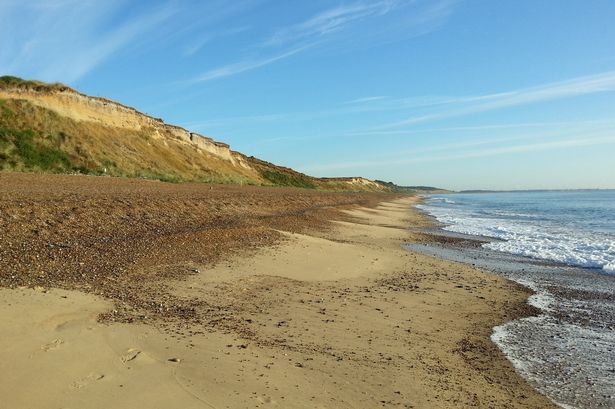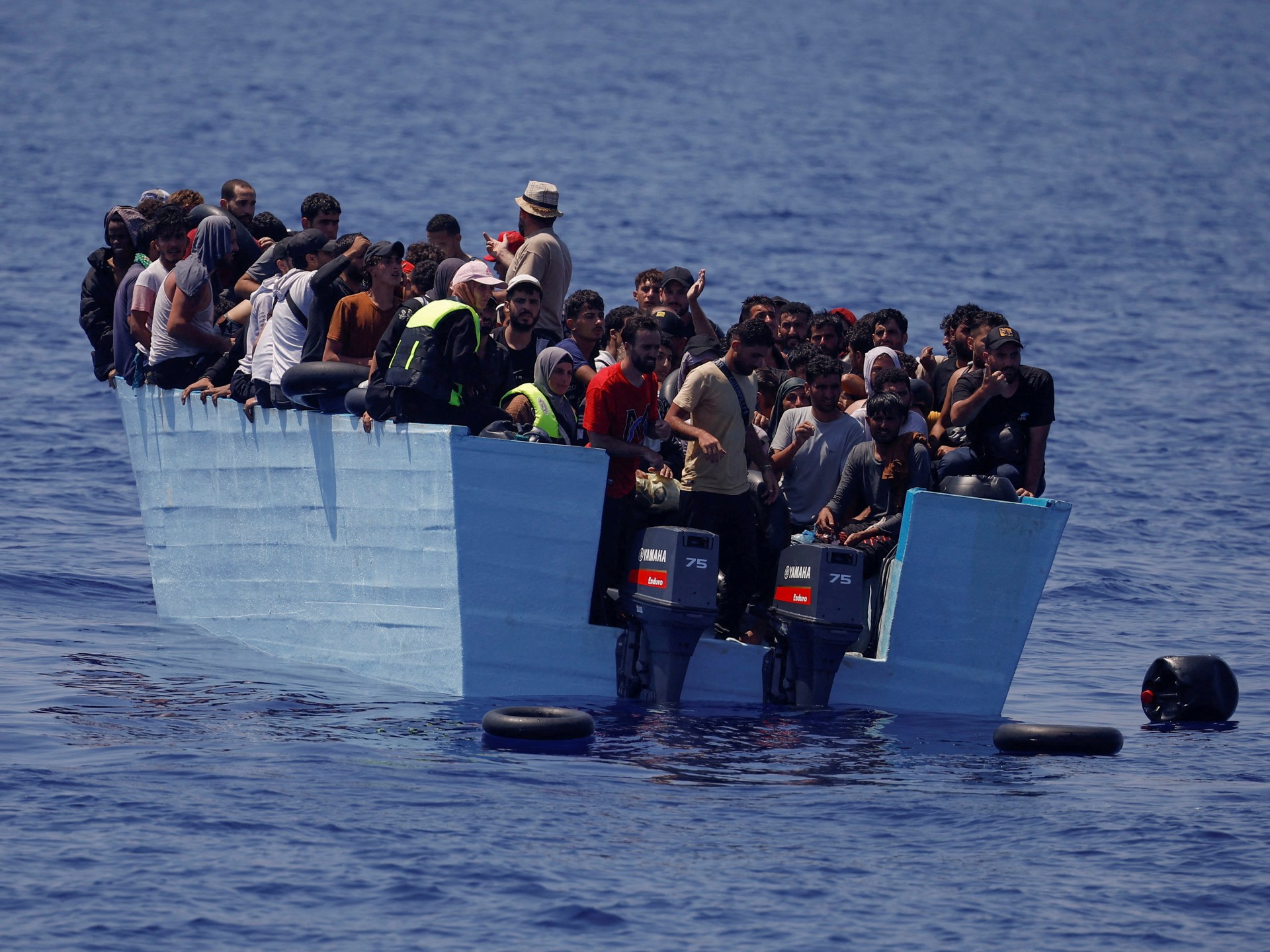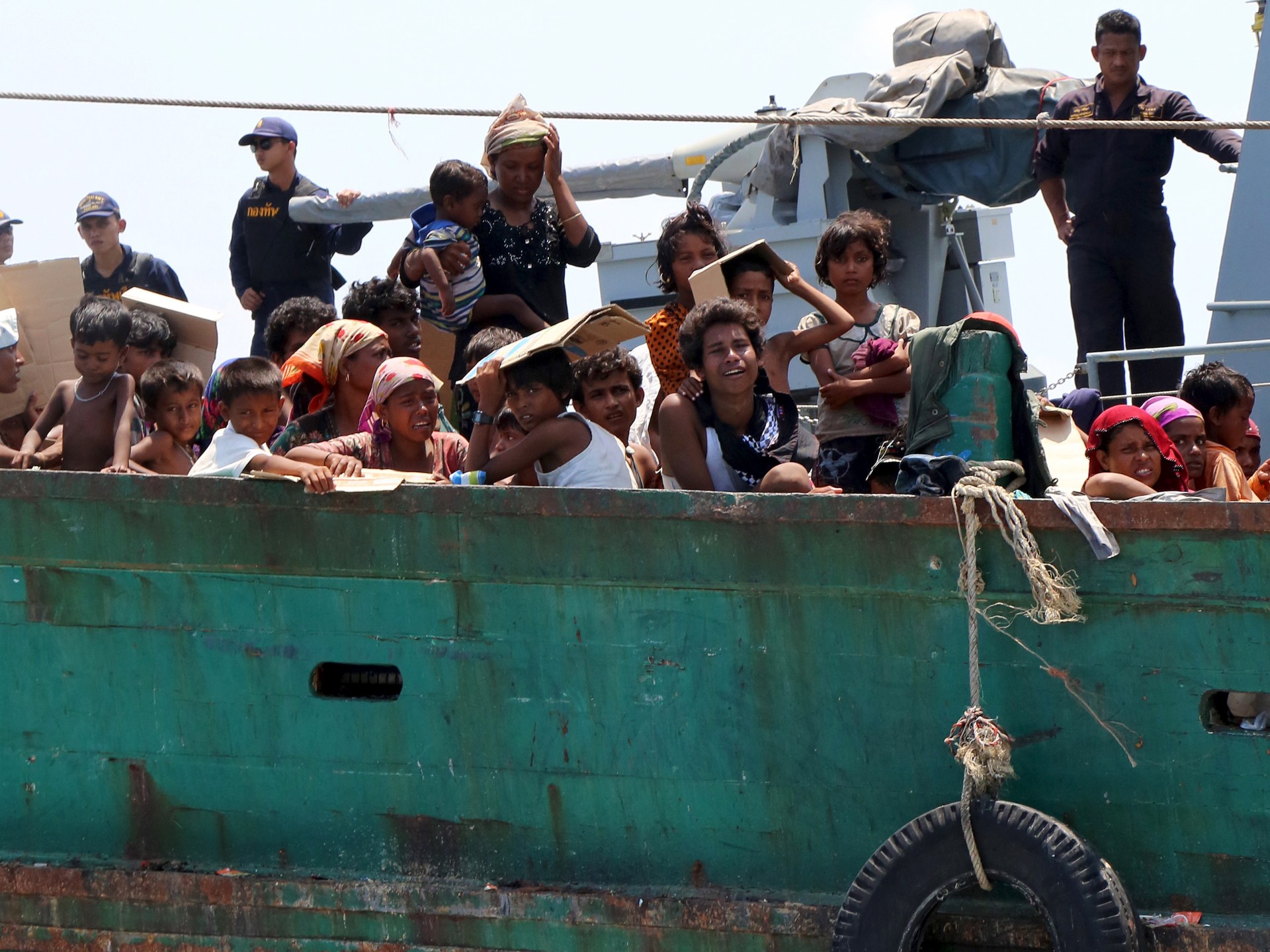The village was once a rival to London and an important medieval hub. But a series of unfortunate storms meant much of it was lost to the sea and now lies under the water
A tiny village that was once a medieval port and considered the capital of East Anglia is the perfect day out for history buffs or those who love quiet, windswept beaches.
In Anglo-Saxon times, Dunwich on the Suffolk coast was the heart of what was then called the Kingdom of the East Angles. Its international port was considered a rival to London, and the Domesday Book of 1086 revealed it had a population of over 3,000 people. This was a time when London’s population was just 18,000.
However, the town’s fortunes changed in 1286 when a storm surge hit the area, followed by two large weather fronts the next year. This caused major coastal erosion, which led to large parts of the town being submerged underwater. In 1347, it’s thought that 400 homes were swept into the sea, with most of the remains of the town destroyed in 1362 in Saint Marcellus’s flood. Around 25,000 people across Europe lost their lives in the tragic event.
Because of its unique past, Dunwich is often dubbed the ‘lost city of England’ and draws comparisons to the legendary island of Atlantis, which, according to myths, sank under the sea.
Dunwich Museum is a great way to learn about life before the floods. Researchers have mapped out where the old homes and buildings used to stand before they were lost to the sea, and you can see these maps at the museum. There are also many interesting displays about medieval life and artefacts from the time.
Only a few ruins remain from medieval times. One of the most complete buildings is the Greyfriars monastery. This was built around half a mile inland, after the original monastery closer to the coast was lost. The ruins include the grand entrance to the monastery and part of the refectory where the monks would eat.
National Trust’s Dunwich Heath and Beach is an unspoilt spot with some beautiful walking trails. The Heath is full of rare wildlife and birds, and you may be able to spot red deer and otters on your stroll. Dunwich’s wide shingle beach is a popular spot for fishing and paddling in the sea.
Not all ships en route to Dunwich made it safely, and researchers have worked to uncover a large number of shipwrecks off the coast. According to the East Anglian Daily Times, there could be as many as hundreds of ships in a shipwreck graveyard off the coast, many of which sank during World War I when shipping routes were attacked.
Once you’re finished exploring, visit Flora Tea Rooms, a traditional fish and chip restaurant on the beach that also serves British classics such as afternoon tea. The village has one pub, The Ship at Dunwich, a cosy spot with a beer garden and beautiful countryside views. It also has 16 rooms if you decide to stay and enjoy this peaceful village for longer.
Dunwich is also close to the RSPB Minsmere, a coastal nature reserve that includes areas of woodland, reedbeds, grassland, and heathland. Among the unspoilt landscape, you can spot wildlife, from a vast array of coastal birds to Water Voles.



